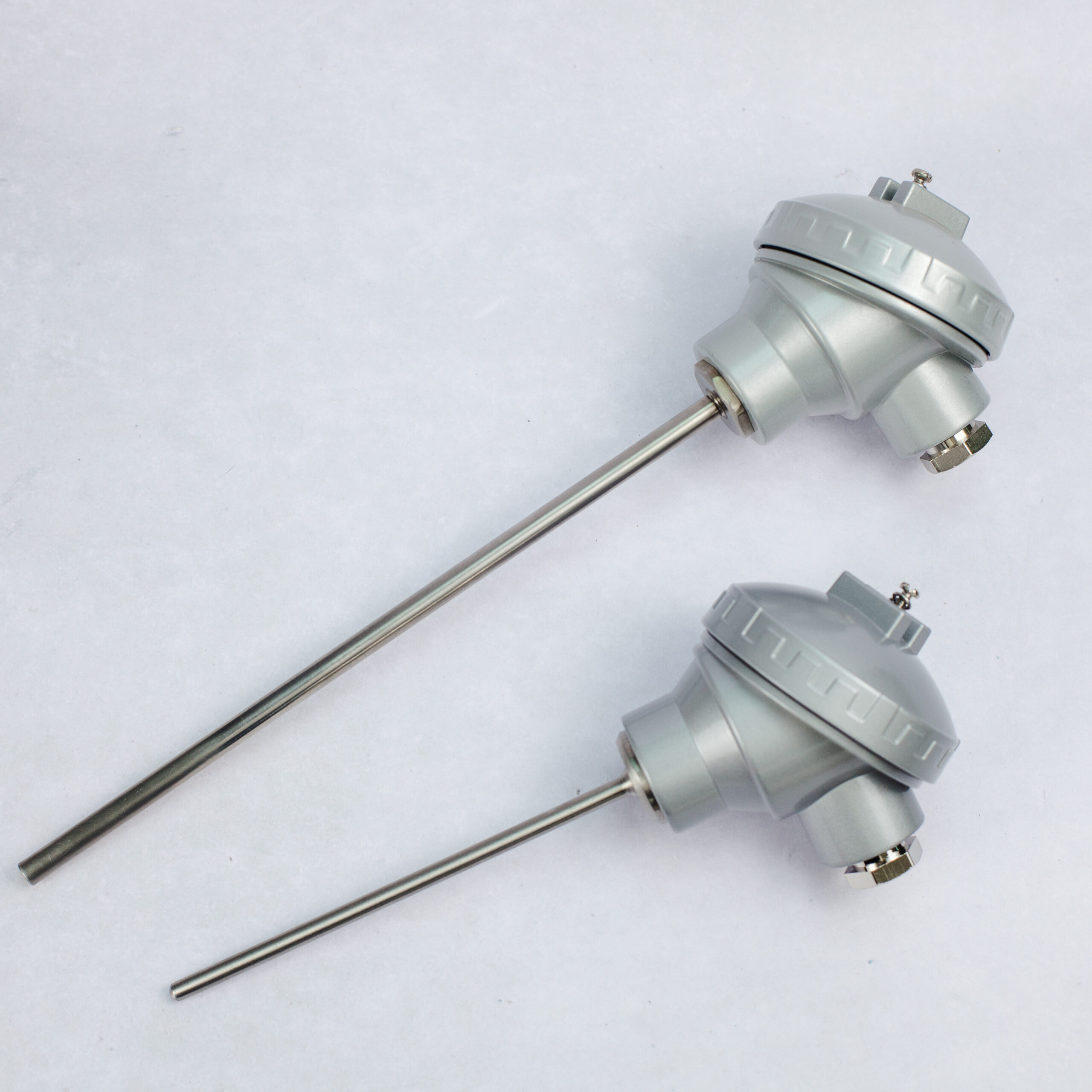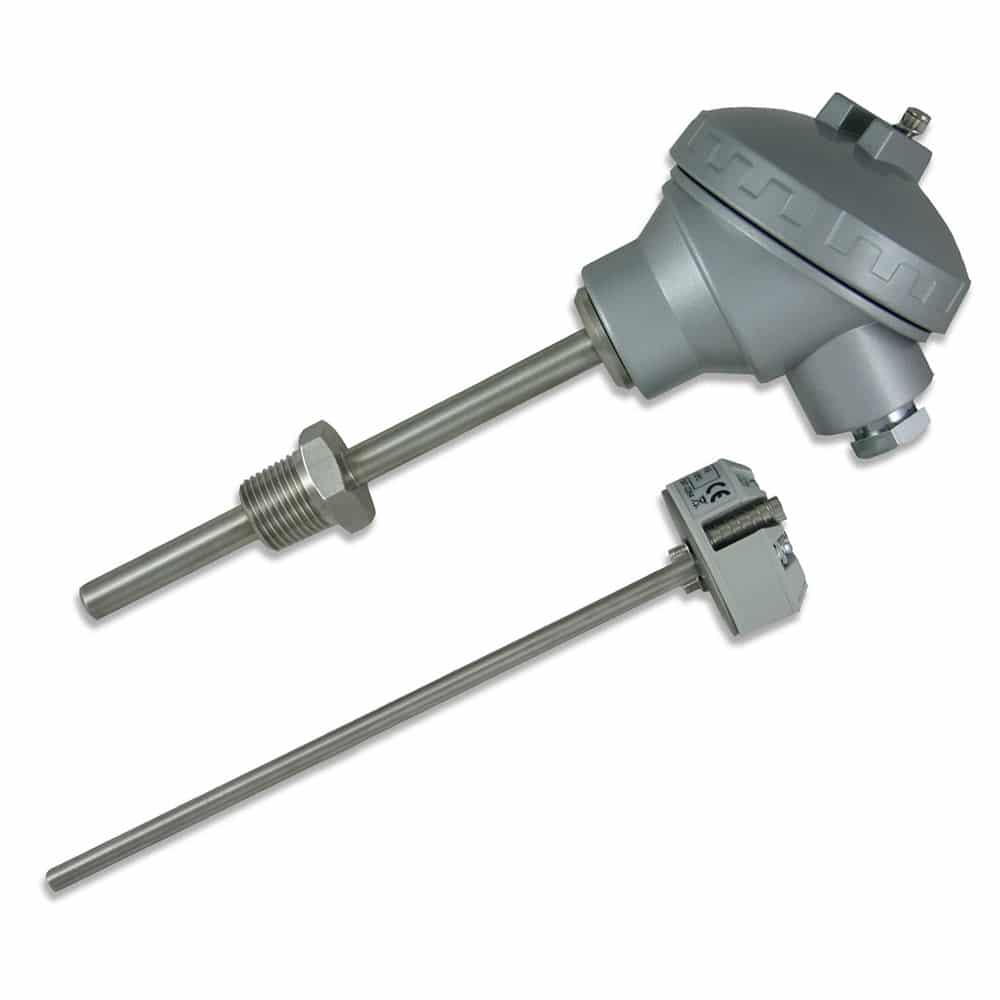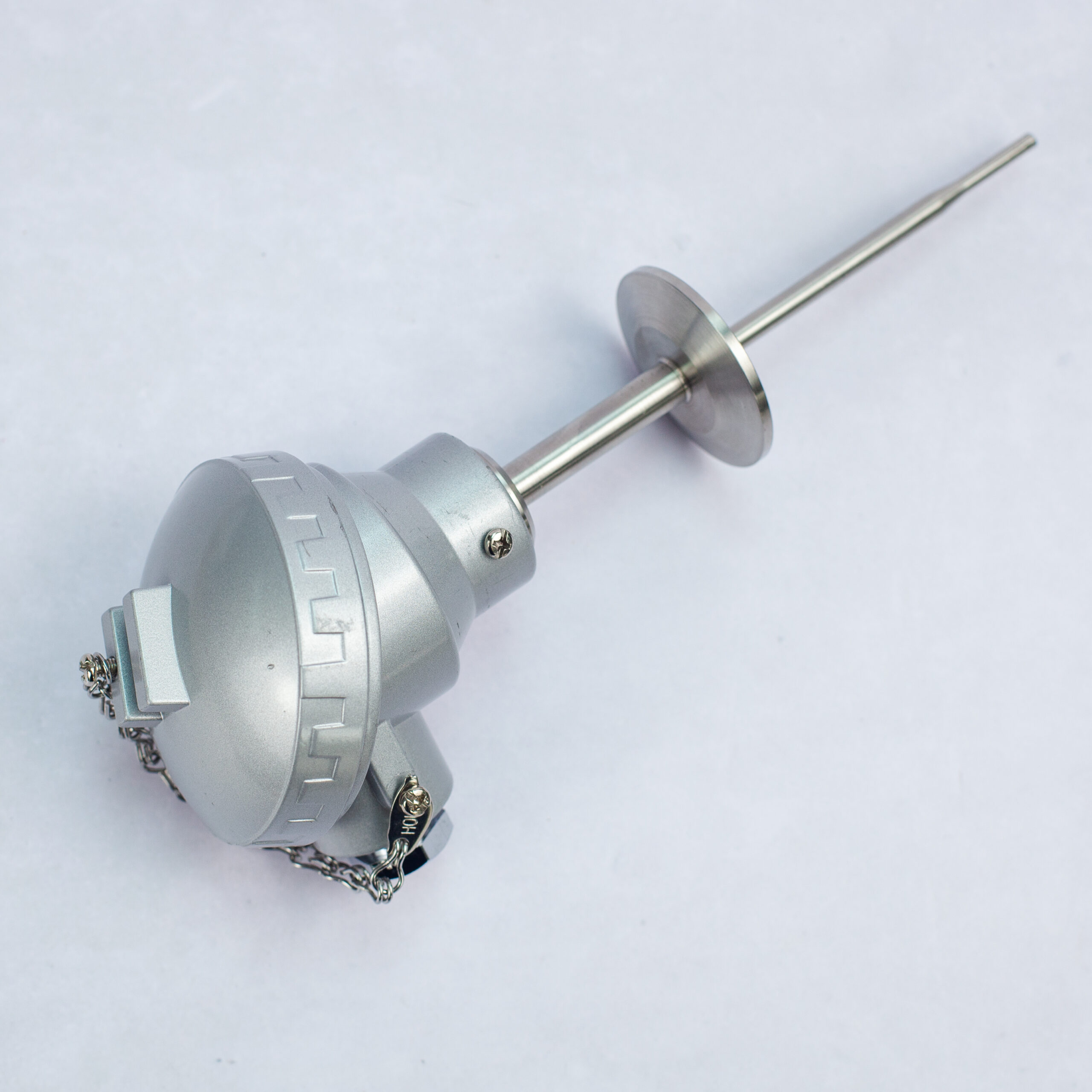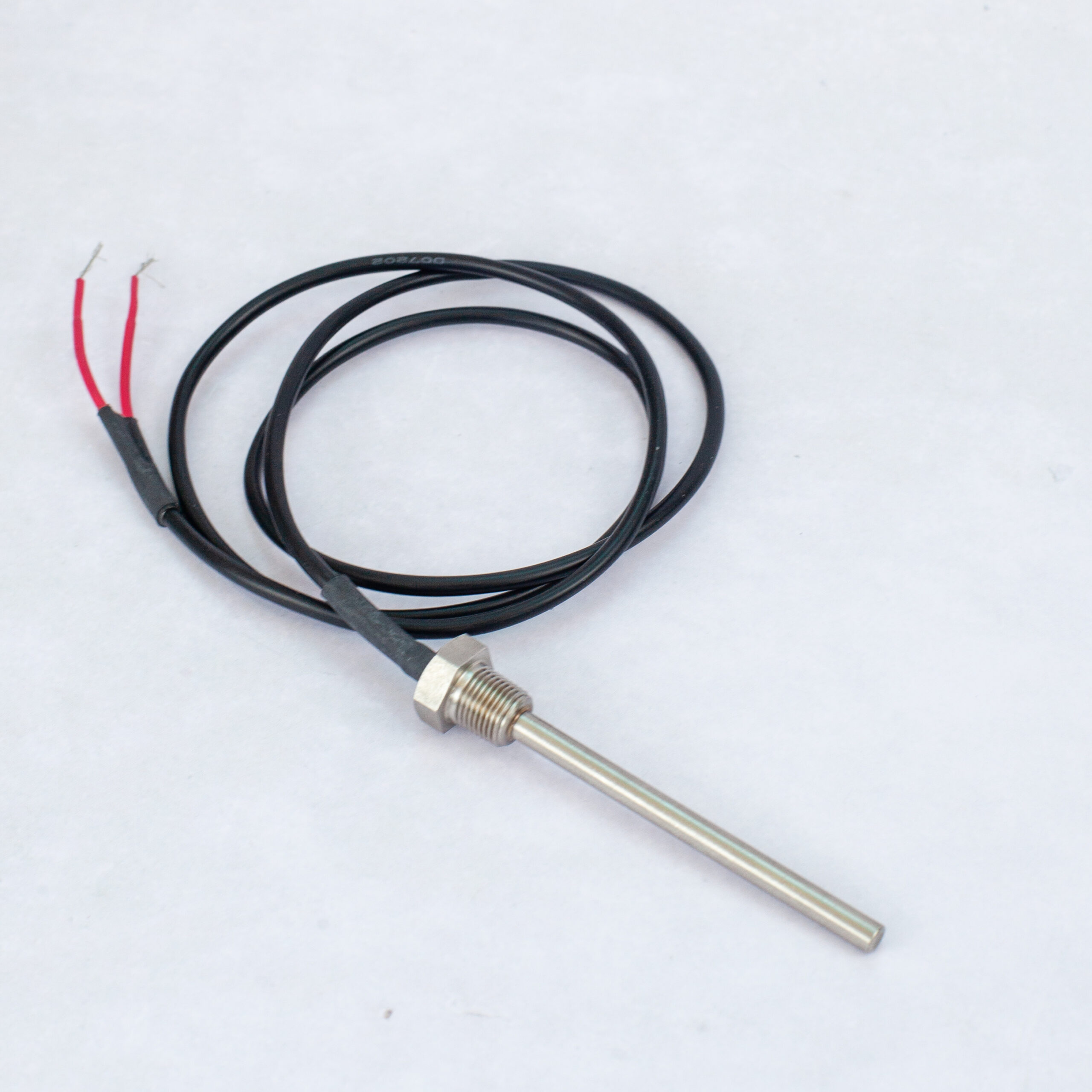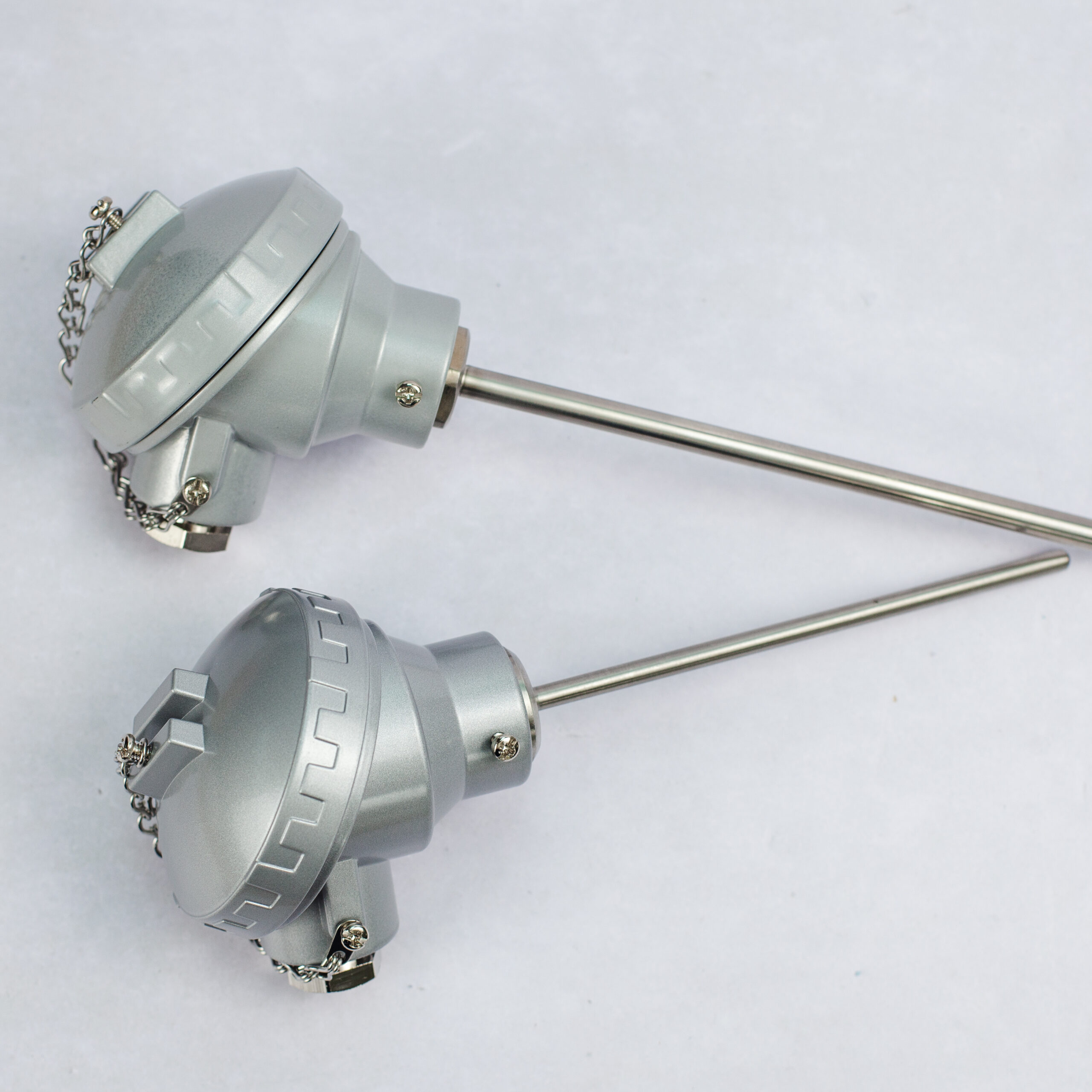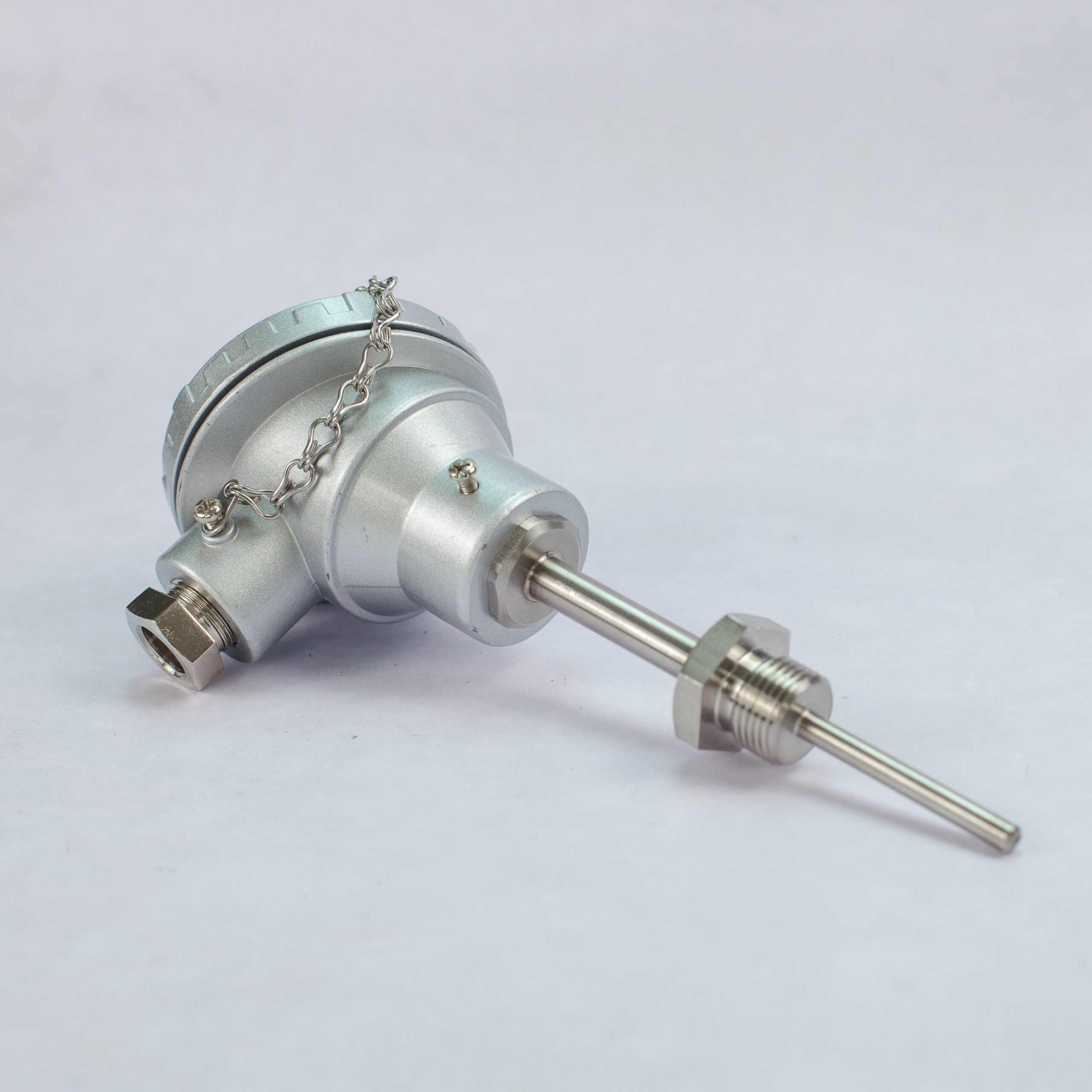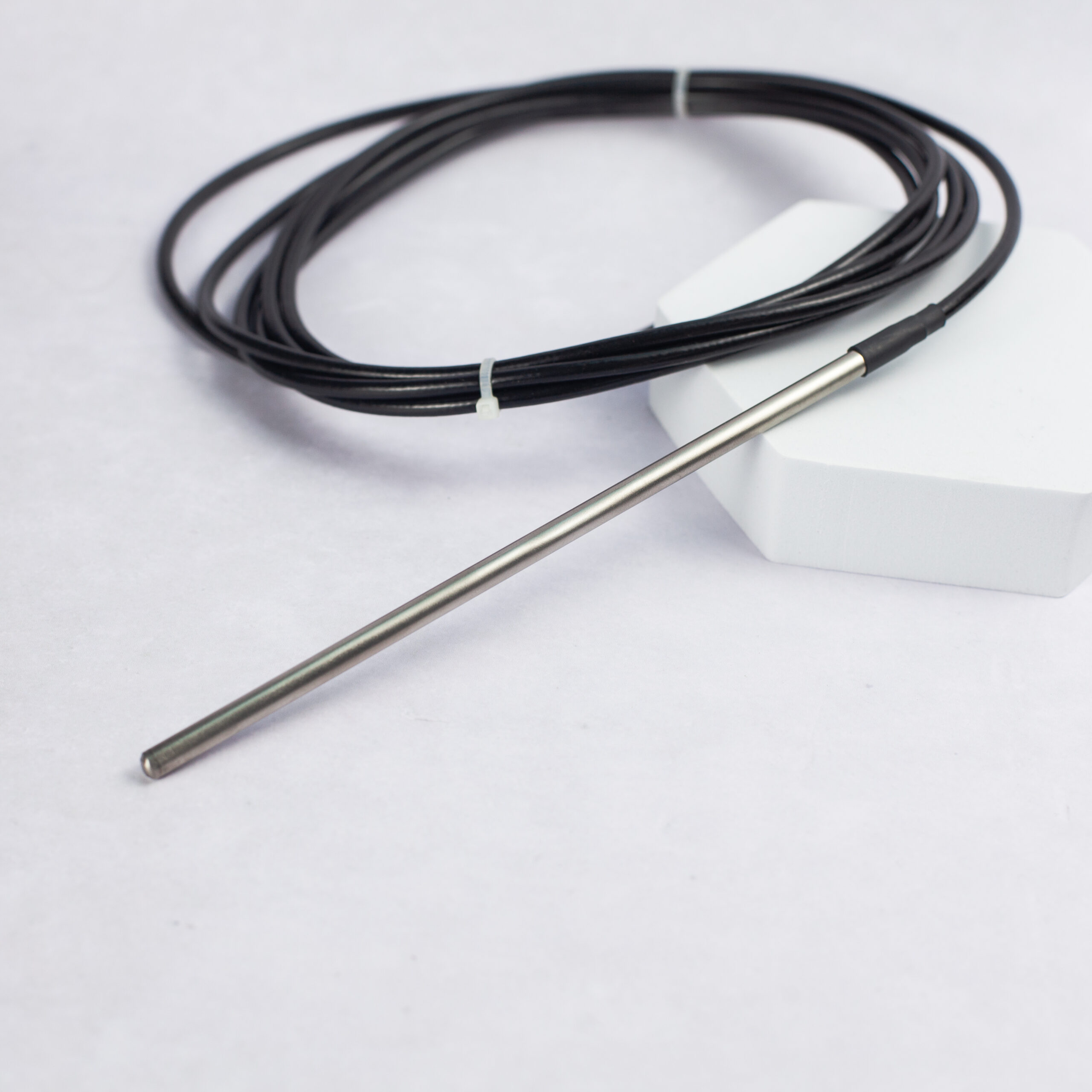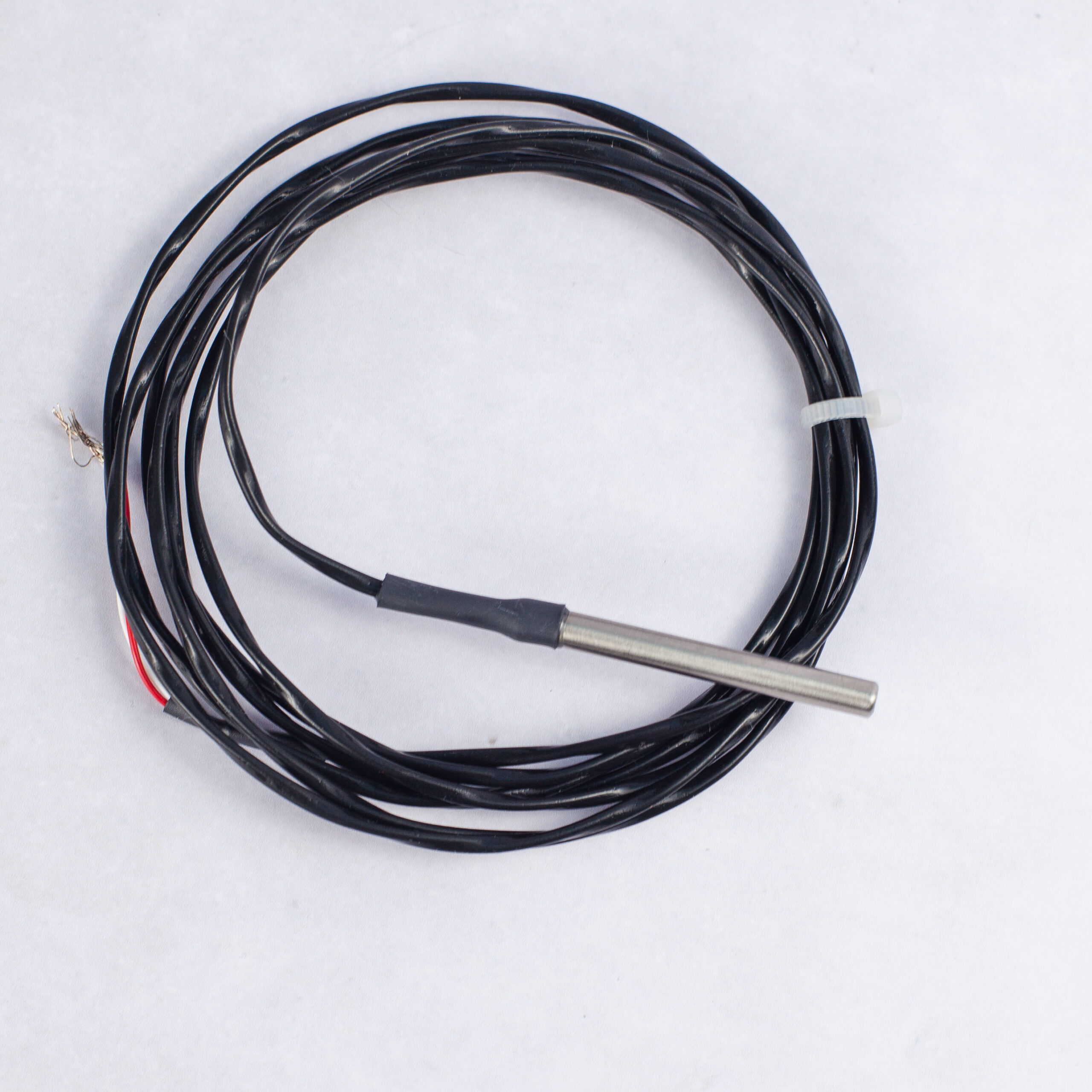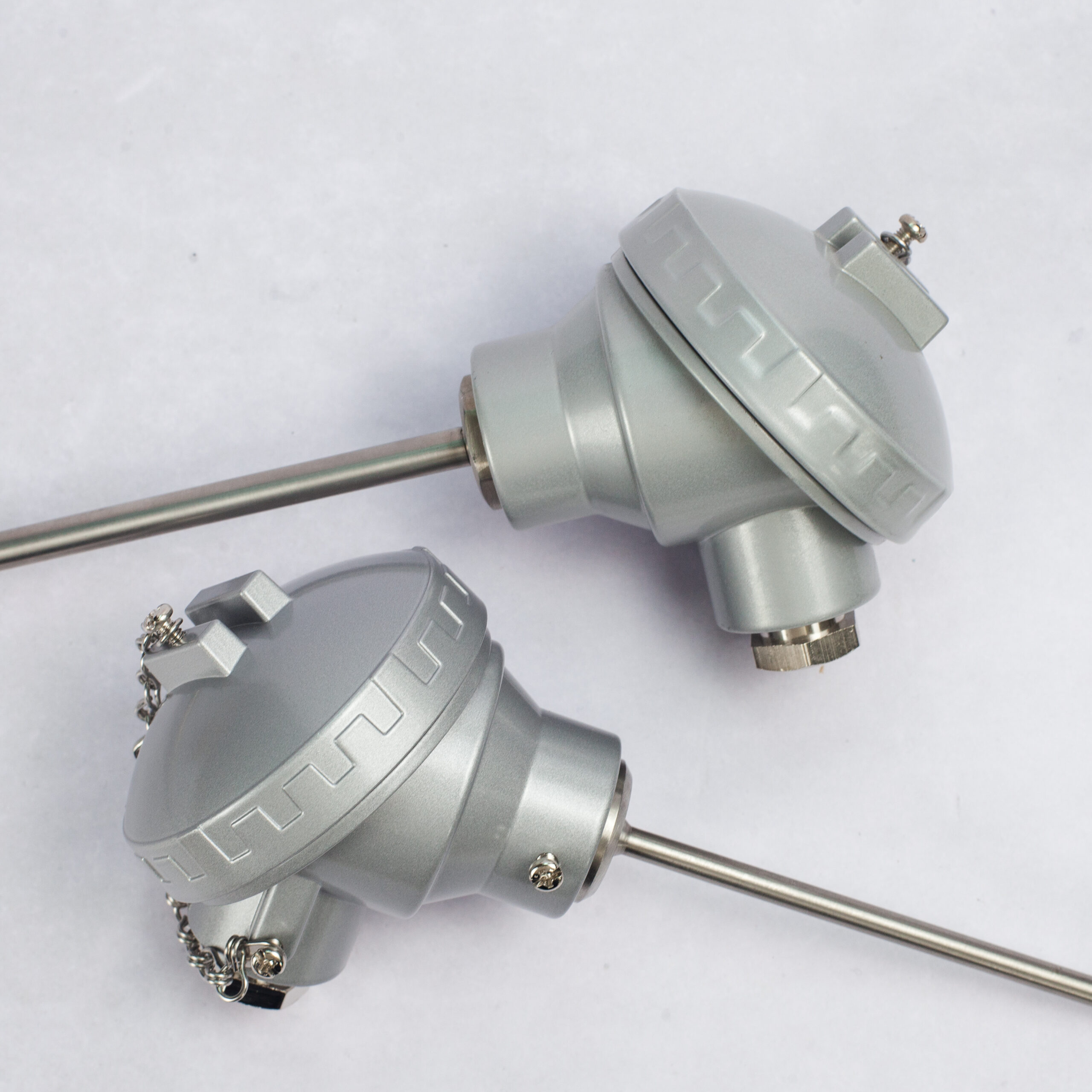What is a Pt1000 Sensor?
Pt1000 sensors are part of the group of temperature sensors called Resistance Temperature Detectors or RTDs for short. They use the principle of changing electrical resistance with changing temperature for the measurement of temperature. Other sensors that form this group which maybe more familiar include Pt100 temperature sensors and we will provide a comparison later in this article.
As with other resistance thermometers it is important to understand the terminology used as this will assist in identifying the sensor being use, and it really is quite simple. The first part of the name Pt1000, ‘Pt’, is the chemical symbol for Platinum and this shows that the sensor is Platinum-based. The second part, 1000, indicates the nominal resistance of the sensor at 0°C. In this case 1000Ω.
As with all Platinum Resistance Thermometers, the measurement principle of a Pt1000 is for the resistance of the sensing element to change with rising or falling temperature. This resistance value is measured using Ohm’s law and the application of a small measuring current.
The resistance change conforms to internationally recognised standards in the same way a Pt100 sensor would. In the UK this standard is BS EN 60751:2008. This standard governs the resistance characteristics, tolerances and colour codes. Similar standards are used around the world. Pt1000 temperature probes are interchangeable from one manufacturer to another.
The most commonly used Pt1000 has a fundamental interval of 385Ω for a 100°C rise in temperature.
The characteristics are set down in the relevant European and International Standards. In the UK we comply with BS EN 60751:2008 and this standard stipulates the resistance value, resistance change characteristics, tolerances and colour code for extension cables. All Pt1000 temperature sensors manufactured by Process Parameters comply with this specification and are completely interchangeable with sensors from other manufacturers.
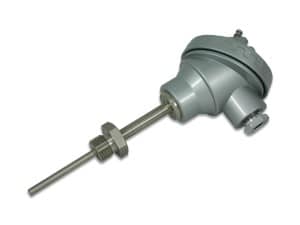
Pt1000 sensor
by Process Parameters



